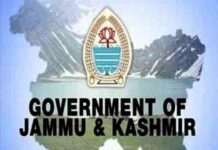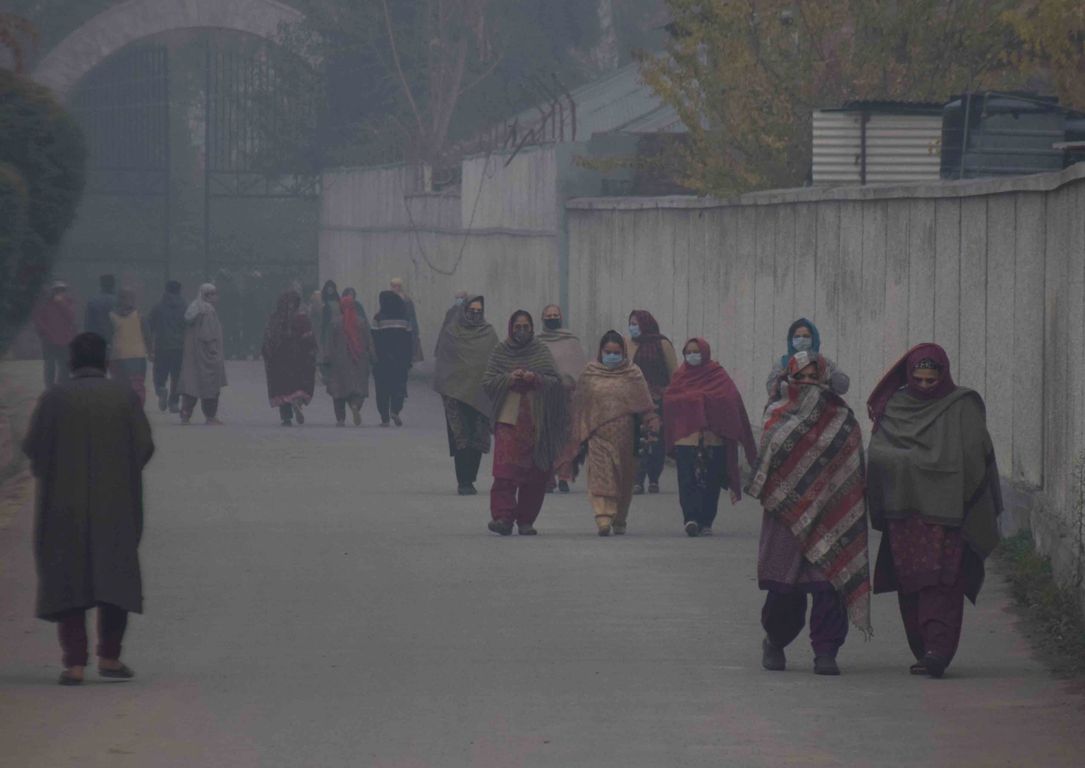Union Finance Minister Arun Jaitely’s budget was explained by PDP leader and former state Finance Minister Dr Haseeb Drabu in an interview
Economist Dr Haseeb Drabu, J&K former finance minister believes that Arun Jaitely’s budget proposals for 2016-17 are going to revolutionize the village economy as it has allocated huge resource for the Panchayat’s. He sees the budget a major departure from the past because almost 65 percent of the expenditures will go to the states directly.
Talking exclusively to Kashmir Life in Srinagar, Dr Drabu has a bit of personal satisfaction as the system he evolved in J&K last year was also adopted by the union government. Jaitely’s budget has done away with the revenue and capital dichotomy in public finance and has reduced it to simple terms the income and the expenditure.
Drabu said that J&K, like other states, is going to be a major beneficiary of the strategic shift in the public spending as lot of resource will go directly to the ground zero. Besides, the local governance structure at the village level – the Panchayats, will be the sole custodian of this money that is expected to be around Rs 80 lakh to Rs 1 crore a year. The local Panchayat is empowered to prioritize this spending strictly as per its own requirements.
Panchayats, he said, are getting certain statutory grants from the state government as well. Besides, the MPLAD and the CDF that is routinely being allocated to the MPs and MLAs is also contributing towards the availability of the resource at village level which, if spent efficiently, can trigger a massive change on the basic amenities front.
Insisting that when, in his last budget speech, he said he will not go with the begging bowl to Delhi, Drabu said he had actually anticipated the changes that were in the pipeline. Against Rs 4500 crore of last year’s devolution from central pool, Drabu said it is going to be Rs 9000 crore next fiscal.
Drabu said that Delhi has allocated a resource of Rs 9000 crore for the next fiscal as part of the Rs 80,000 ‘package’ that Prime Minister Narendra Modi announced in Srinagar in December 2015.
This, he said, puts a lot of pressure on the state governance structure to improve the efficiency in spending. For 2016-17, he said, the availability of resources for developmental activities is expected to touch Rs 20,000 crore if all the resource for development – routine yearly plan, package, and other allocations under various central schemes – are put together. The state, he insists will have to work overtime to improve its expenditure strategy and the systems so that the resources are able to trigger a positive shift on the developmental front.
Some of the highlights that pertain to J&K include Rs 194.13 crore for enhancement of sports facilities, Rs 840 crore under SRE, Rs 990 crore under Border Area Development Programme (BADP), Rs 70 crore for industrial incentives, Rs 10 crore for various crafts, Rs 15 crore for Pashmina, expected to be spent in Ladakh, and Rs 100 crore under National Mission on Pilgrimage Rejuvenation and Spiritual Augmentation.
NHPC was given Rs 367 crore for capital outlay for meeting part of need to fund Nimo Bazgo and Chutak projects in Ladakh. Rs 2280 crore is the net resource allocated for border infrastructure. For upgrading the JAKLI, defence ministry will spend Rs 1210.61 crore, an increase from Rs 966 crore in last fiscal.
Interestingly, the resource required for relief and rehabilitation of Kashmiri Pandit migrants has been clubbed with border migrants, refugees from Sri Lanka, Tibet, West and East Pakistan, North Eastern states and 1984 riot victims which would cumulatively cost Rs 910.28 crore.
All these provisions exclude Rs 9000 crore that has been set aside with Finance Ministry for “special need-based assistance” and “special needs” of J&K.















